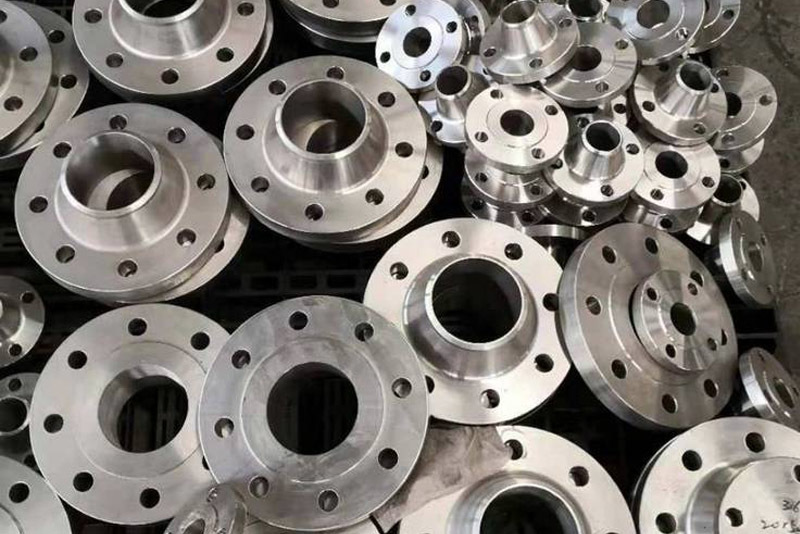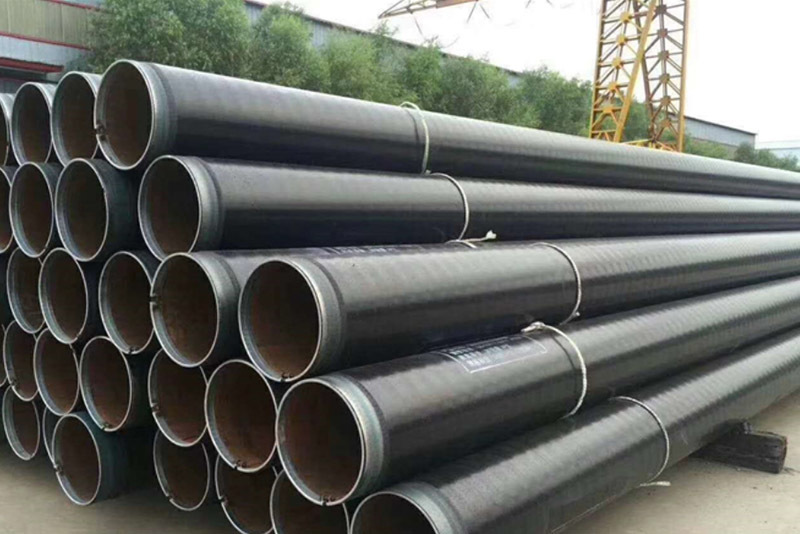2025-03-07
How to Properly Install Butt Welding Flanges for Maximum Efficiency
Installing butt welding flanges for maximum efficiency involves several key steps and considerations. Here's a comprehensive guide to ensure proper installation:
Preparation
Inspection and Cleaning
Ensure that the flanges and welding surfaces are clean, free of oil, grease, rust, and other contaminants.
Inspect the flanges for any defects or damage that could affect the weld quality.
Selection of Welding Materials
Choose welding materials (e.g., welding wire, electrodes) that are compatible with the flange material and the intended application.
Ensure that the welding materials meet the required standards and specifications.
Alignment and Fit-Up
Proper Alignment
Align the flanges so that they are parallel and concentric.
Use clamping devices or other tools to hold the flanges in place during welding.
Gap Control
Maintain a consistent gap between the flanges, as specified by the welding procedure or the manufacturer's recommendations.
Avoid excessive gaps or overlaps, which can lead to poor weld quality.
Welding Process
Preheating (if required)
For some materials, preheating the welding area can reduce the risk of cracking and improve weld quality.
Follow the manufacturer's recommendations for preheating temperatures and methods.
Welding Technique
Use a stable welding technique to ensure a uniform and continuous weld bead.
Control the welding parameters (e.g., welding current, voltage, speed) to achieve the desired weld quality and efficiency.
Interpass Temperature Control
Monitor and control the interpass temperature to avoid excessive heating and cooling, which can affect weld quality.
Use temperature-control devices or techniques to maintain the desired interpass temperature.
Post-Weld Inspection and Testing
Visual Inspection
Conduct a visual inspection of the weld to check for any defects, such as cracks, porosity, or incomplete fusion.
Ensure that the weld bead is smooth and continuous.
Non-Destructive Testing (NDT)
Perform NDT, such as ultrasonic testing or radiographic testing, to detect any internal defects in the weld.
Follow the relevant standards and procedures for NDT.
Pressure Testing (if required)
Conduct pressure testing to ensure that the welded flange connection can withstand the intended operating pressure.
Follow the manufacturer's recommendations for pressure testing procedures and safety precautions.
Efficiency Considerations
Welding Equipment Selection
Choose welding equipment that is suitable for the flange material, welding process, and operating conditions.
Ensure that the welding equipment is in good working condition and is properly maintained.
Optimization of Welding Parameters
Optimize welding parameters (e.g., welding current, voltage, speed) to improve welding efficiency while maintaining weld quality.
Conduct welding trials to determine the optimal welding parameters for the specific application.
Welding Skills and Training
Provide training to welding personnel to ensure that they are skilled in the welding process and can operate the welding equipment safely and efficiently.
Encourage continuous learning and improvement of welding skills.
By following these steps and considerations, you can ensure the proper installation of butt welding flanges with maximum efficiency. This will help to improve the reliability and durability of the welded flange connection, while also minimizing the time and cost associated with the installation process.
Tel / WhatsApp:
E-mail:











